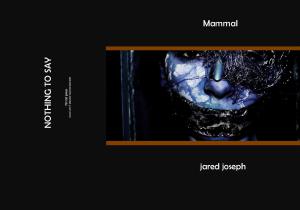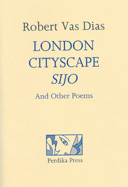-Reviewed by Billy Mills–
The heart of Ireland is the great limestone lowland plain that stretches more or less all across the centre of the country and which, in combination with the temperate climate helps make the country so suitable for growing grass. There are areas where a combination of natural processes and human activity have denuded the underlying stone, producing strangely fascinating karst landscapes, the most famous of these areas being the Burren region of West Clare and its offshore extension on the Aran Islands.
It’s a landscape of extensive limestone paving with, in the Burren at least, a unique combination of Mediterranean and Alpine flora growing in the cracks of what, at first glance, appears to be a hostile dry and barren environment. And despite this hostility, the area is full of signs of human habitation over a period of some six thousand years. These range from the dolmens and stone huts of the Burren to the great stone ring forts of the islands.
Peter Riley’s poem Chapters of Age is set in this landscape and formally reflects the semi-regular patterning of the limestone paving in its use of stanzas of three lines of irregular length broken up into sections of anything from three to ten stanzas. As you might expect from Riley, there is a good deal of walking involved (his Alstonfield is one of the great English walking poems). In Chapters, there is more than a hint that age is making the process more painful and difficult than it once was.
‘Use of walking stick to lessen this pain,
Inclined to the side of the road.’
There’s also a good deal of singing. Clare is renowned for its traditional music, but the poet weaves the words of English folk songs into his text, along with bits of Yeats, Tarjei Vesaas, William Carlos Williams, George Simmel and a tourist information noticeboard. Reflections on aging weave their way through references to the aftermath of the Celtic Tiger and to older shadows on the island’s history:
‘Finding the way to the bathroom
In the middle of the night half asleep
Strange shadow, shed door ajar again.
*
……………………………heroes
Who died for a free Ireland
Now
Mortgaged to international finance
*
Unbaptised children set in separate graveyards
Mere bits of walled-off moor’
The poem is typical of Riley’s mature work, the tone is deceptively quiet and unshowy, almost, but not quite, conversational. While he is often associated with the Cambridge poets who formed a key element of the British Poetry Revival, he is neither an experimental nor a mainstream poet, he’s just a poet, albeit one of exceptional intelligence. Chapters of Age is, in the true sense, an ecological poem, a poem about an entire ecosystem in which neither the human nor the non-human element is given primacy. Amongst other things, Chapters of Age explores the possibility of our continued co-existence, and the conclusion is not altogether optimistic, as Riley plays with the twin aspects of fear as verb and noun:
‘…….what is the answer to fear?
For there are answers to fear,
Common or garden,
That singing up the coast.’












